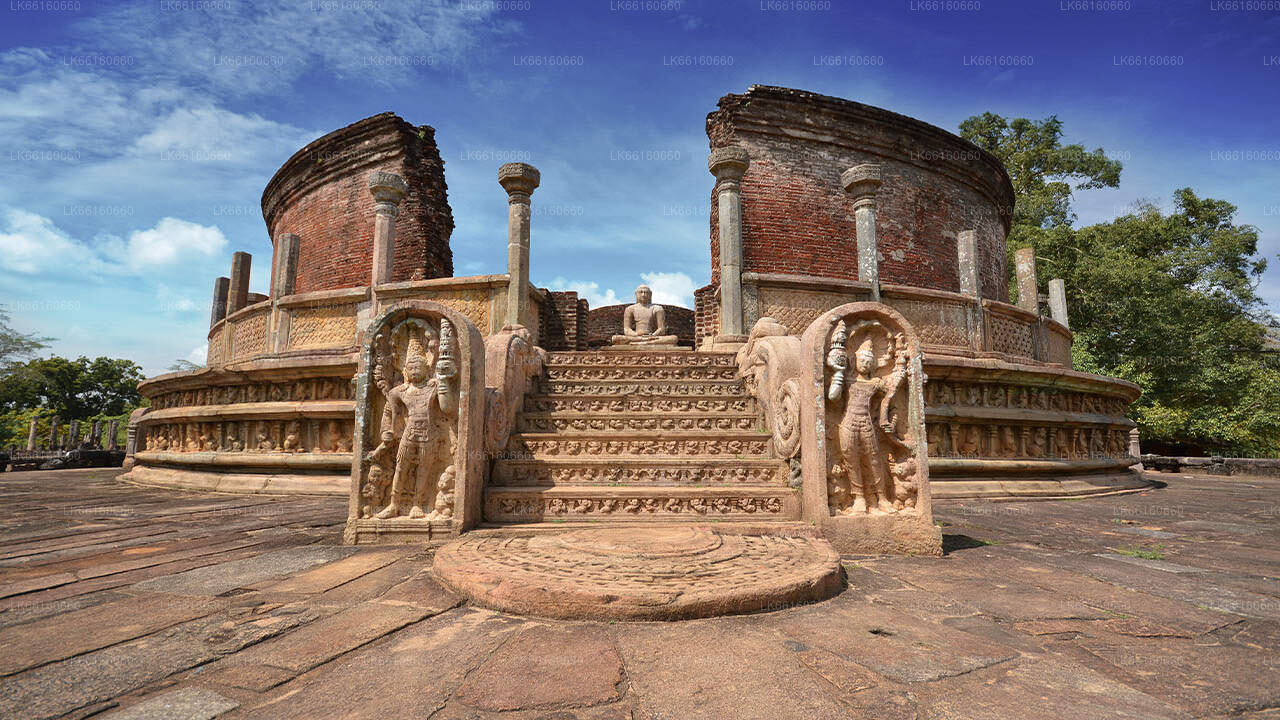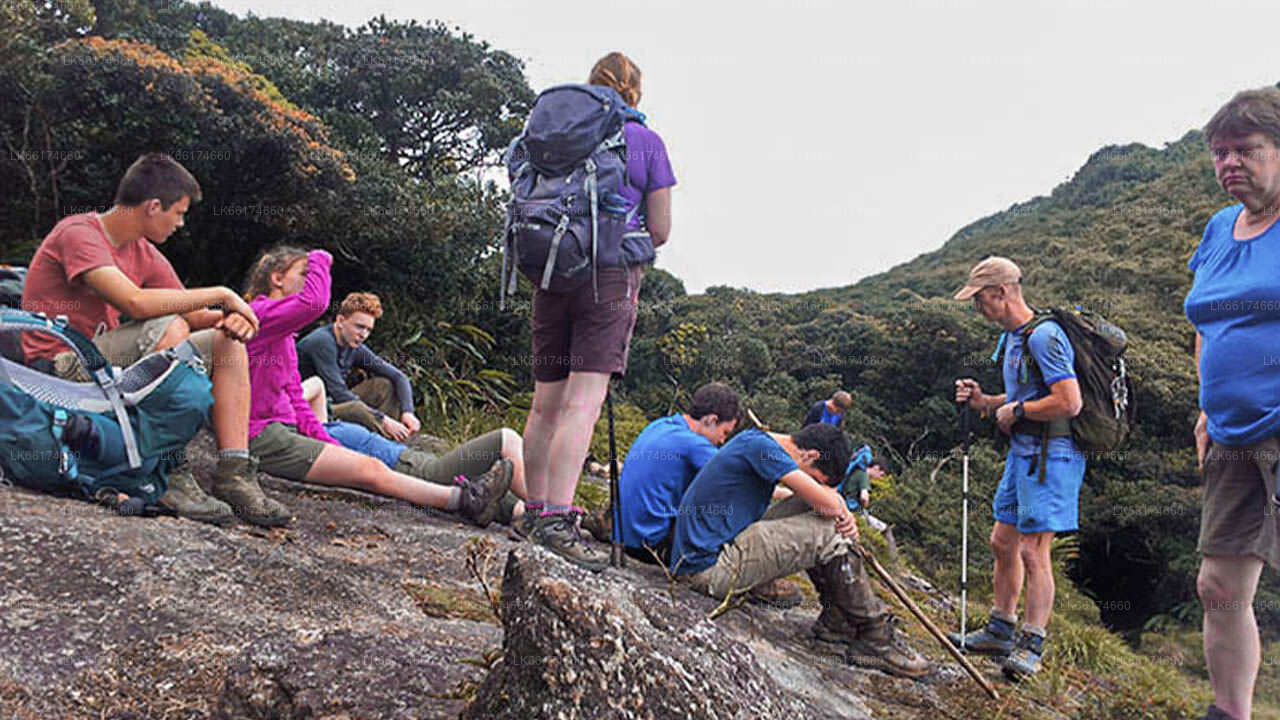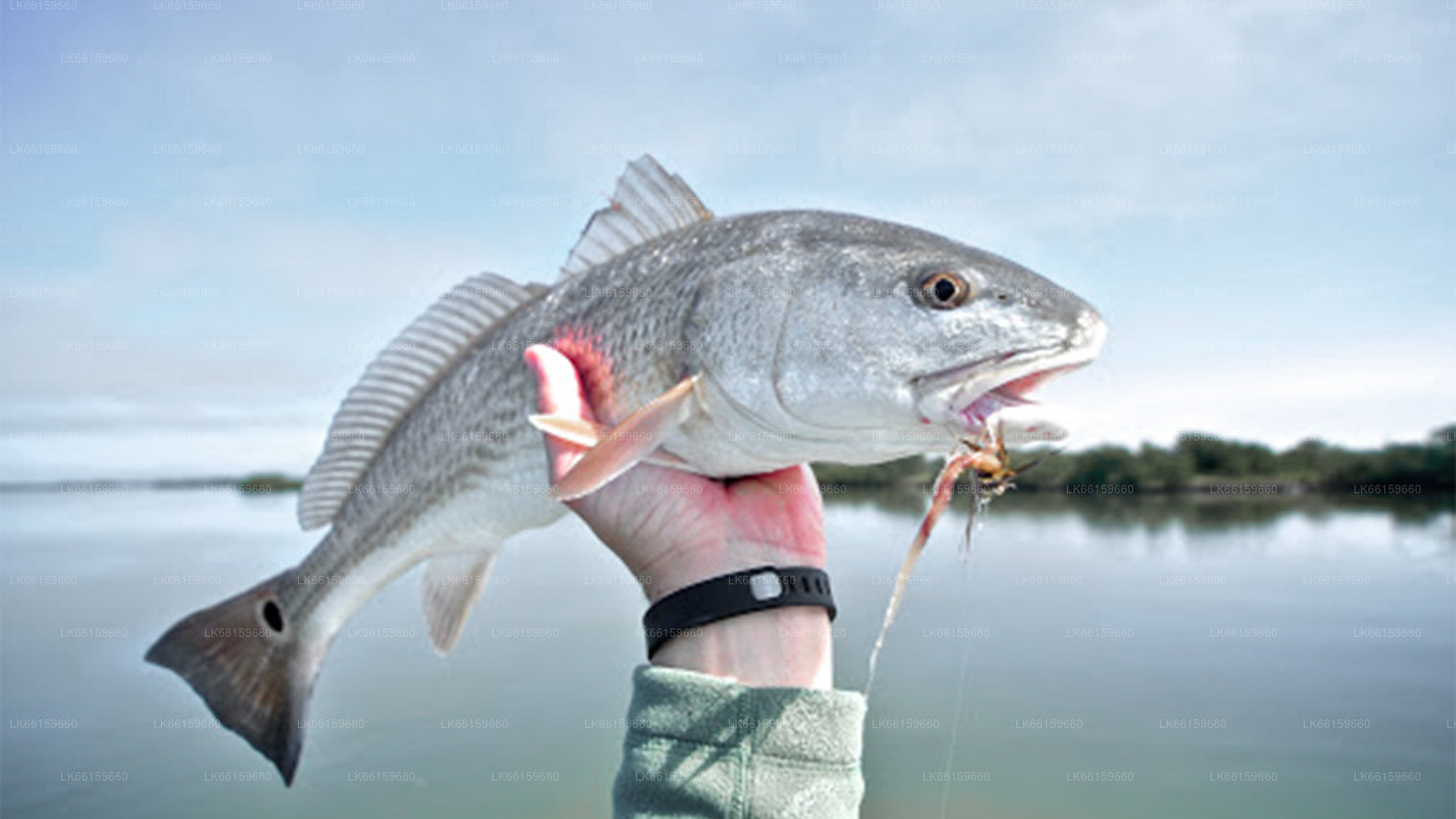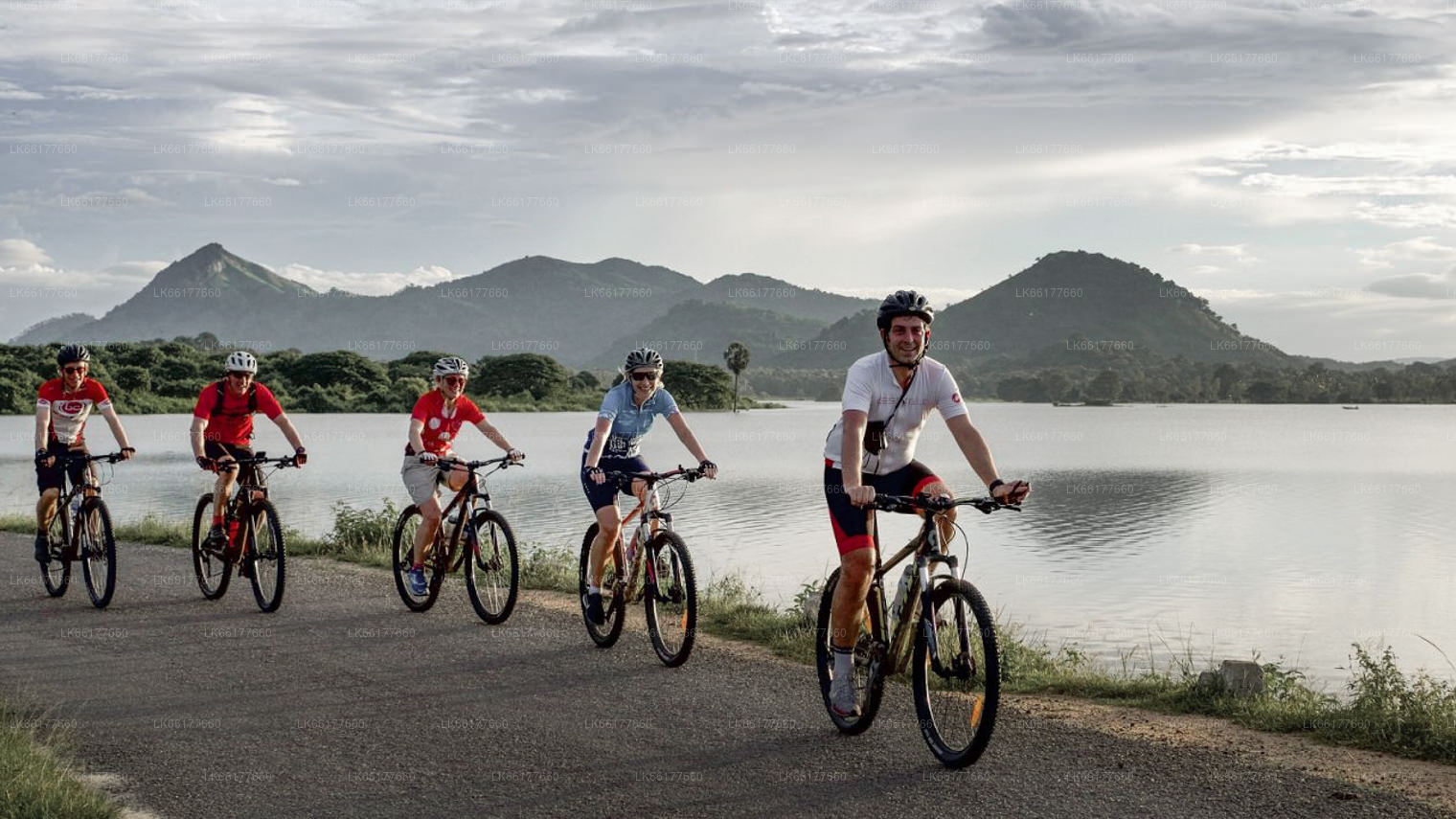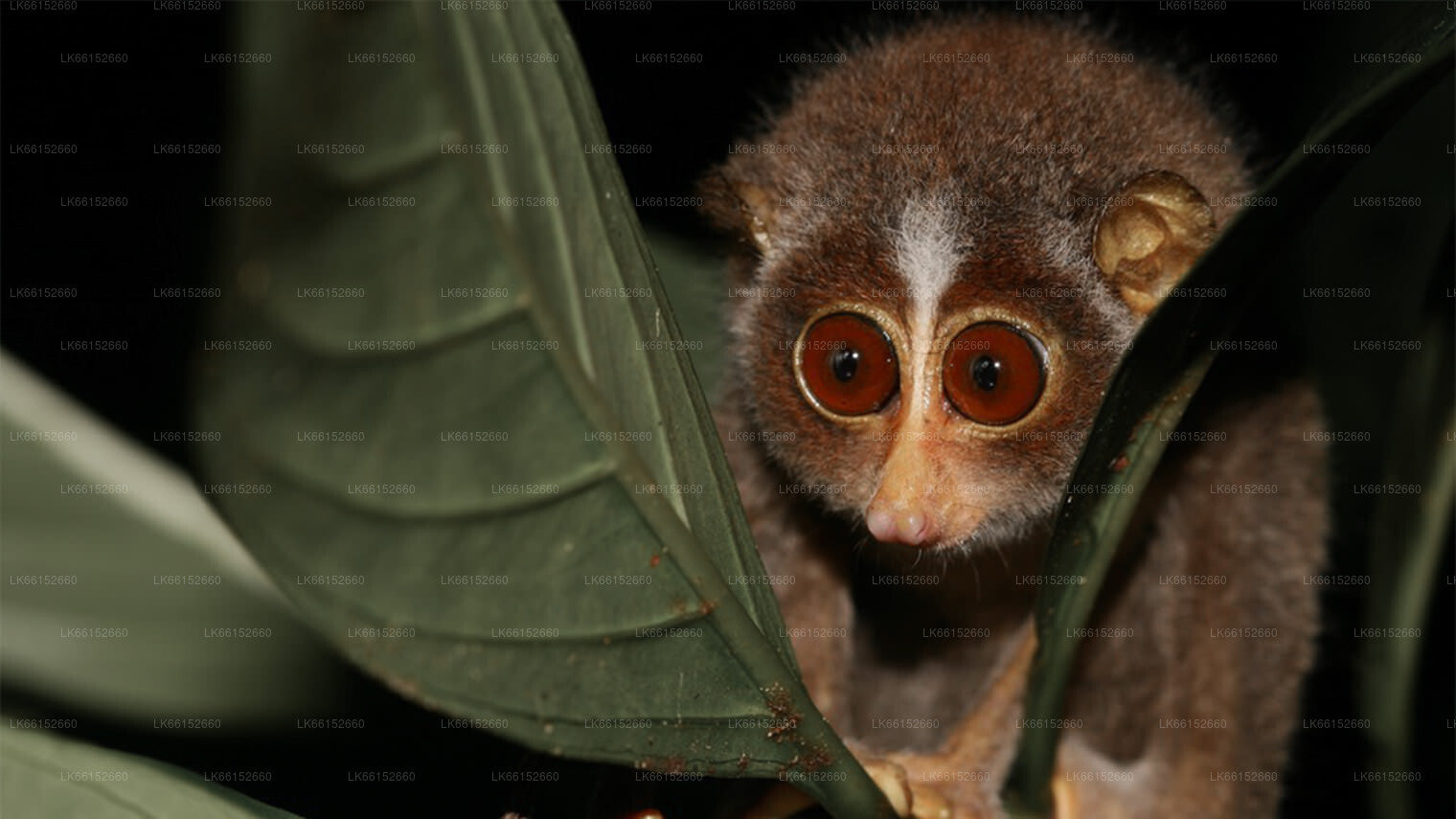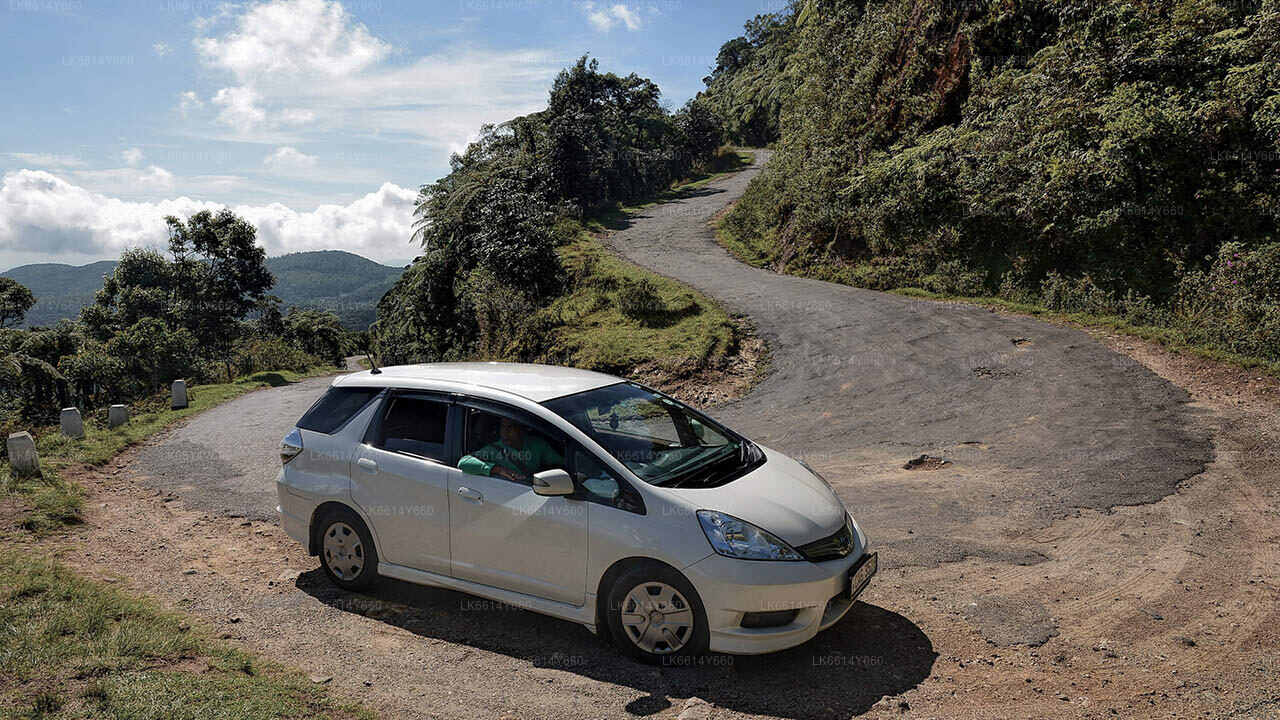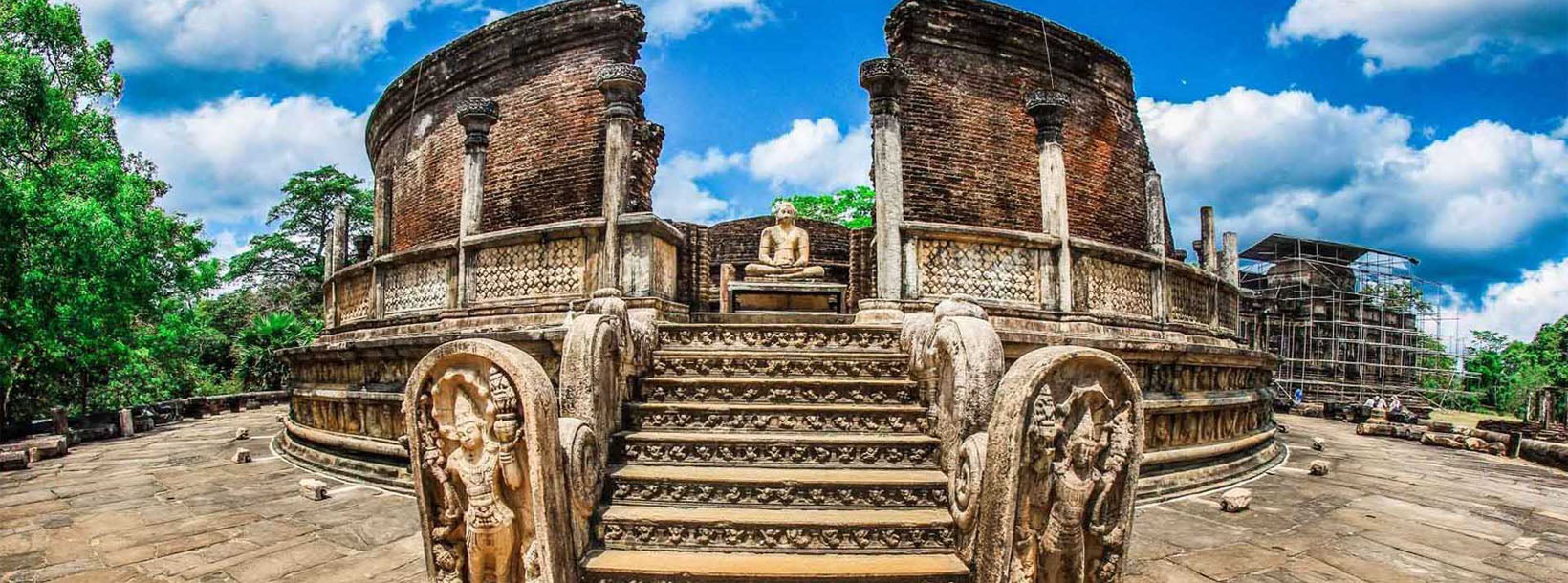
Cidade de Polonnaruwa
Polonnaruwa, Patrimônio Mundial da UNESCO no Sri Lanka, foi a capital medieval do país (séculos XI-XIII). Famosa por suas ruínas bem preservadas, incluindo as icônicas estátuas de Gal Vihara, a cidade exibe uma arquitetura impressionante, refletindo a grandiosidade da antiga civilização cingalesa.
Pulasthi Statue
The statue is located to the north of the city of Polonnaruwa, and close to the eastern bank of the Parakrama Samudra reservoir, which was built by Parakramabahu I himself. It is about 100 metres (330 ft) north of the ancient Potgul Vehera monastery
LocationThe statue is located to the north of the city of Polonnaruwa, and close to the eastern bank of the Parakrama Samudra reservoir, which was built by Parakramabahu I himself. It is about 100 metres (330 ft) north of the ancient Potgul Vehera monastery.
CharacteristicsThe statue was built presumably in the 12th century, during the reign of Parakramabahu I. The statue of Parakramabahu I is one of the best stone sculptures belonging to the Polonnaruwa period. The 11-foot-2-inch-high (3.40 m) statue is carved in high relief on a large boulder, with full use being made of its height. Its upper body is bare except for a single thread worn over the left shoulder.A long object is held in the hands. The statue's face carries a grave expression, with half-closed eyes, a high forehead, a long beard and a moustache. The shoulders of the statue are rounded, suggesting "extraordinary strength". The right leg is relaxed with the right knee bent forward slightly. The left leg carries the weight of the body, while the hip is also slightly inclined to the left. According to archaeologist Senarath Paranavitana, this statue is "the very embodiment of strength, majesty and dignity"
IdentityThe statue has not been positively identified, but the popular and widely accepted belief is that the statue is of King Parakramabahu I, who ruled the country 1153 to 1186. Historian Mendis Rohanadeera has suggested that the statue shows a man belonging to the Lambakanna clan, because a hare—a symbol of this clan—is depicted above the left shoulder of the statue. This supports the theory that it is a statue of Parakramabahu I, who was of the Lambakanna clan. However, another theory is that it is the statue of a sage; either Agastya or Pulasthi. The object held in the hands of the statue may be an ola (cured palm leaves) book. This, and the fact that it is located close to the Potgul Vehera, which was a library in ancient times, supports this theory. However, another belief is that the object is a "yoke of kingship".
Sobre o distrito de Polonnaruwa
Polonnaruwa é a segunda maior cidade da província centro-norte do Sri Lanka. A antiga cidade de Polonnaruwa foi declarada Patrimônio Mundial pela UNESCO. Polonnaruwa possui uma longa história de conquistas e lutas, formando, com razão, o terceiro elemento do Triângulo Cultural. Localizada a cerca de 140 km a nordeste de Kandy, Polonnaruwa oferece horas de prazer sem fim para os amantes de história e cultura, com inúmeros pontos turísticos importantes.
Muitas das ruínas físicas que existem hoje são atribuídas ao Rei Parakrama Bahu I, que investiu muitos recursos reais no planejamento urbano, incluindo parques, edifícios, sistemas de irrigação e assim por diante. O período de seu reinado é considerado uma era de ouro, na qual o reino prosperou sob um governante visionário. O Parakrama Samudra é um tanque gigantesco e recebeu o nome de seu patrono. O popular Palácio Real do rei, o Salão de Audiências cercado por elefantes de pedra lindamente esculpidos e a Piscina de Banho refletem as capacidades superiores da engenharia da época.
Sobre a Província Centro-Norte
A Província Centro-Norte, a maior do país, cobre 16% da área total do país. A Província Centro-Norte é composta por dois distritos chamados Polonnaruwa e Anuradhapura. Anuradhapura é o maior distrito do Sri Lanka, com uma área de 7.128 km².
A Província Centro-Norte oferece inúmeras oportunidades para investidores iniciarem seus negócios, especialmente nos setores de agricultura, agroindústrias e pecuária. Mais de 65% da população da Província Centro-Norte depende da agricultura básica e das agroindústrias. O NCP também é chamado de "Wew Bendi Rajje" devido à presença de mais de 3.000 tanques de médio e grande porte na província. Sri Maha Bodiya, Ruwanweli Seya, Thuparama Dageba, Abayagiri Monastry, Polonnaruwa Rankot Wehera e Lankathilake estão entre os mais afetados.









